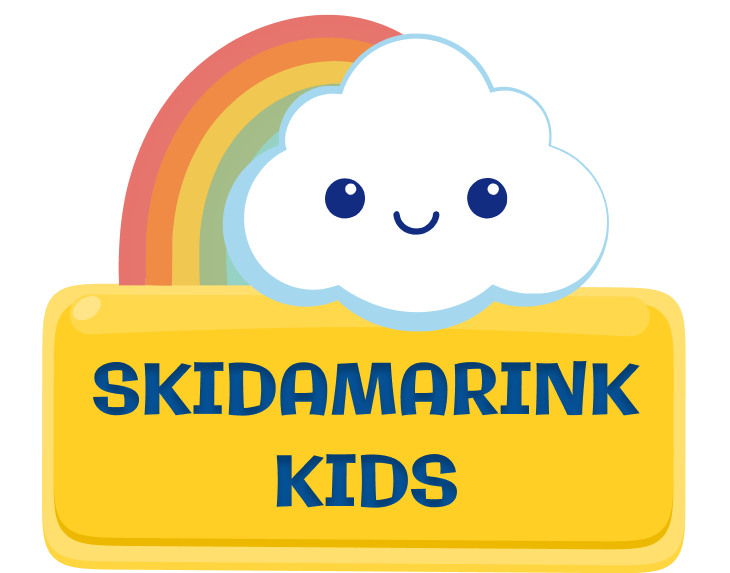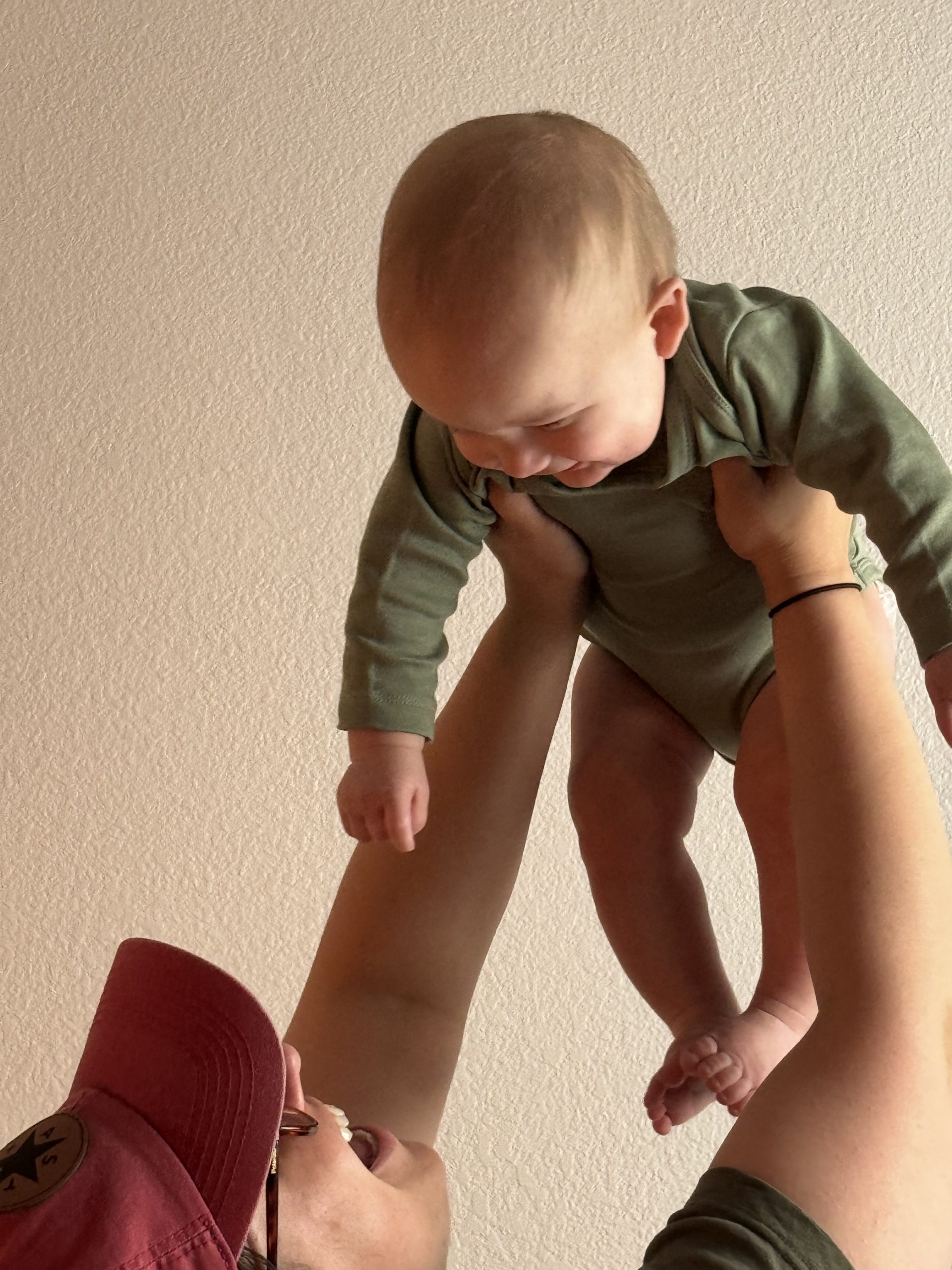Making Eye Contact Meaningful
The simple act of looking into your baby’s eyes creates one of the most powerful bonds in human connection. From their earliest days, babies are naturally drawn to faces, particularly eyes, as they begin learning about their world and the people in it.
When your infant gazes up at you during feeding time or your toddler seeks your eyes from across the playground, they’re doing much more than just looking – they’re building crucial neural pathways for social development, emotional intelligence, and communication skills.
Research shows that eye contact between parent and child serves as a foundation for several key developmental areas. During these precious face-to-face moments, your baby is learning to read emotional cues, developing trust, and beginning to understand the back-and-forth nature of human interaction. Even before they can speak, babies use eye contact to express needs, share excitement, or seek comfort.
Here are some natural ways to nurture meaningful eye contact with your little one:
During feeding times, whether bottle or breast, hold your baby in a position that encourages face-to-face interaction. These quiet moments provide perfect opportunities for gentle eye contact without overwhelming your infant. Notice how they may gaze intently at you before looking away to process the interaction – this is completely normal and healthy.
While changing diapers, make it a time for connection rather than just a task to complete. Position yourself where your baby can easily see your face, and engage them with gentle expressions and soft words. Many babies will naturally meet your gaze during these routine care moments.
For toddlers and preschoolers, get down to their physical level when they’re playing or talking to you. This simple adjustment makes eye contact more natural and comfortable for them. Remember that young children may make intermittent rather than sustained eye contact – this is developmentally appropriate and shouldn’t be forced.
When your child does make eye contact, make it count. Respond with genuine warmth in your expression and tone. Your positive response reinforces that connecting with you is safe and rewarding. However, be mindful not to demand or pressure eye contact, as this can create anxiety or resistance in some children.
Pay attention to your child’s cues about how much eye contact feels comfortable for them. Every child is different – some naturally seek more eye contact while others prefer less. Following your child’s lead helps build trust and ensures these interactions remain positive.
Remember that quality matters more than quantity. Brief moments of genuine connection throughout the day can be more meaningful than prolonged eye contact that feels forced. As your child grows, these early positive experiences with eye contact will help them develop confidence in social interactions and deeper emotional connections with others.
Creating meaningful eye contact is not about following strict rules or achieving perfect moments. It’s about building a foundation of trust and connection that will serve your child throughout their life. By being present and responsive during these natural opportunities for eye contact, you’re giving your child an invaluable gift – the experience of being truly seen and valued.
-Ali







